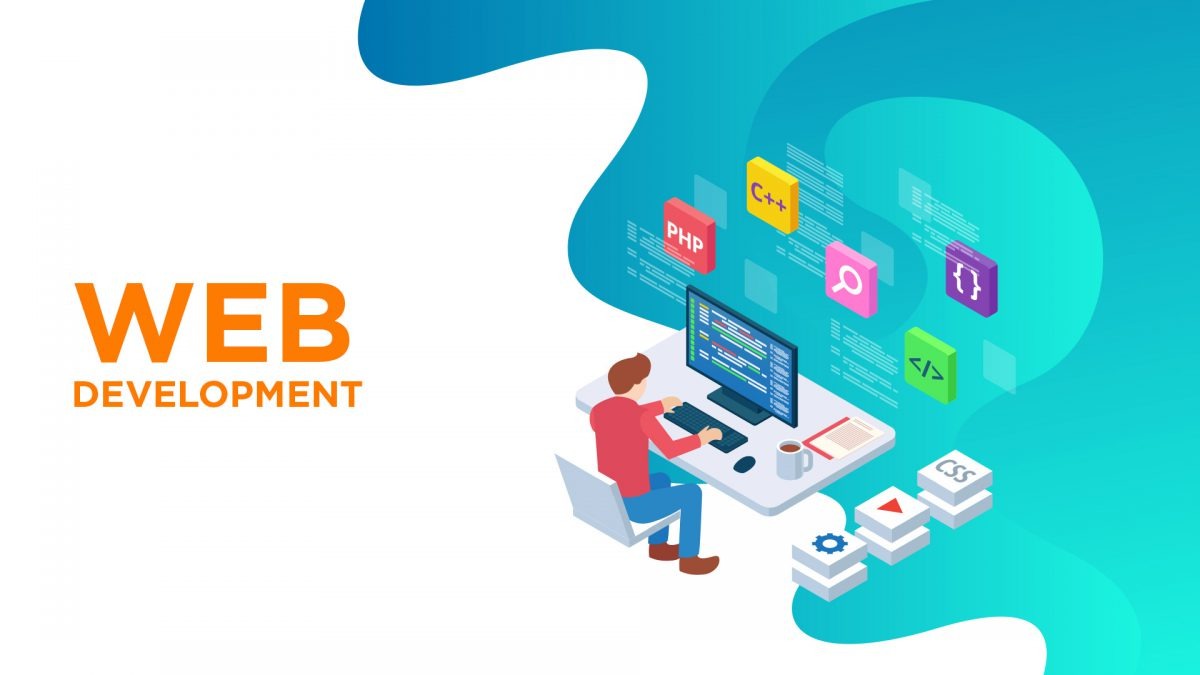Mobile App Development for Security Best Practices.
Last updated on January 15, 2024
Revolutionizing Mobile App Development: A Human-Centric Guide
In the fast-paced world of Mobile app development, where innovation is the key driver, ensuring the security of applications is paramount. Users entrust their sensitive information to mobile apps, making it crucial for developers to adopt best practices that safeguard against potential threats. Let’s delve into the essential aspects of mobile app development for security and explore the practices that can fortify your app against vulnerabilities.
App Development Ensure security and privacy
These days, everything we do in our daily lives depends on mobile apps. Handling tasks ranging from communication to financial transactions. With this increased reliance on mobile applications, strong security measures are more critical than ever. This development guide will guide you through the best practices in mobile app development to ensure the security and privacy of user data.
Understanding Mobile App Development Security
It’s crucial to comprehend before diving into the best practices. Mobile apps’ vulnerabilities. Mobile App Development is susceptible to various threats, from data breaches to unauthorized access. Securing user data and sensitive information should be the primary focus for developers.
Choosing a Secure Mobile App Development Framework
The foundation of a secure mobile app lies in the development framework chosen. Opting for a fast development framework sets the tone for the entire app’s security posture. This section explores popular, secure mobile app development frameworks and explains how the right choice can enhance overall app security.
Data Encryption in Mobile App Development
One of the fundamental practices in Mobile App Development security is data encryption. Whether it’s user credentials or transaction details, encrypting data adds more protection. We’ll discuss the importance of encryption and explore the encryption methods suitable for mobile apps.

Authentication and Authorization
Creating a secure login process is crucial for preventing unauthorized access. This section emphasizes the significance of solid permission and authentication procedures, guaranteeing that only authorized users can access private areas of the app.
Securing APIs
As mobile apps increasingly rely on APIs for seamless integration, securing these interfaces becomes imperative. We’ll explore the role of APIs in Mobile App Development security and discuss techniques to safeguard them from potential threats.

Secure Coding Practices
Developers play a pivotal role in app security through their coding practices. This section highlights the importance of adhering to secure coding guidelines and provides examples of standard, insecure coding practices to avoid.
Regular Security Audits
Even with robust initial mobile app development, security threats evolve. Frequent security audits are required to identify and address such vulnerabilities. We’ll delve into the necessity of regular security audits and introduce tools and techniques for a comprehensive assessment.
User Education and Awareness
Users are the first line of defense against potential security threats. Educating users about secure app usage and making them aware of potential risks contributes significantly to overall app security.
Device Security Considerations
Mobile apps interact with a diverse range of devices. This section addresses security concerns related to various portable devices and provides insights into implementing device-level security measures.
Handling Push Notifications Securely
While push notifications enhance user engagement, they also present security challenges. This section discusses the risks associated with push notifications and outlines best practices for secure implementation.
Secure Data Storage
Storing data securely is as crucial as collecting it. We’ll explore strategies for securely storing data on mobile devices and discuss the importance of encrypting stored data to prevent unauthorized access.
Securing Third-Party Libraries
Third-party libraries can expedite development but may introduce security risks. This section sheds light on the risks associated with third-party libraries and provides guidelines for vetting and securing these components.
Emergency Response Plan
Despite meticulous precautions, security incidents can occur. A well-defined emergency response plan is vital for minimizing damage and recovering swiftly. This section will guide you through developing a robust response plan for security incidents.
Future Trends in Mobile App Security
The landscape of mobile app development security is ever-evolving. This section examines new technological developments and mobile app security, empowering developers to stay ahead of evolving challenges and incorporate future-proof security measures.
Conclusion
Setting priorities in the ever-changing world of mobile app development and security is non-negotiable. By adopting the best practices outlined in this article, developers can build innovative and secure mobile applications. Remember, the user’s trust is earned through functionality and security.
January 15, 2024



